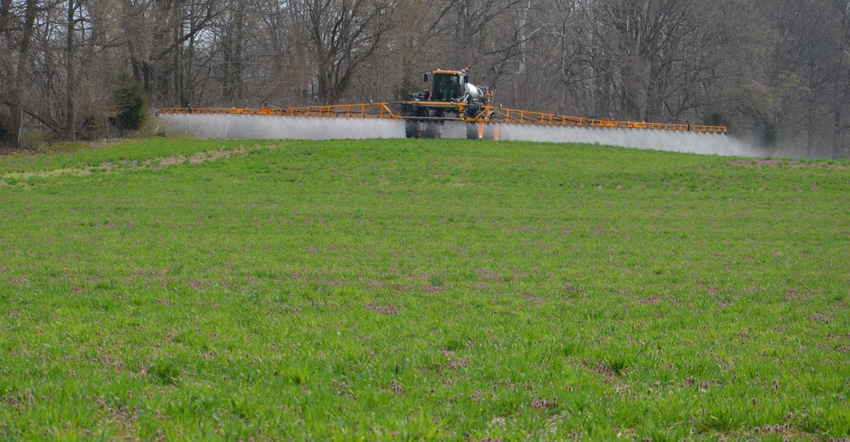April 10, 2020

Whenever baseball season begins, hope will spring eternal for baseball fans. The same can be said for farmers. Planting is the start of another season full of hope — for good yields and better prices.
Here are other parallels between baseball and farming, especially for a conservation-tillage farmer. First, vertical tillage is like a bunt with no runs scored, but the runner moves to the next base. Vertical tillage can be the next step of your soil health journey. Consider the kind and number of tillage passes you make now, and start to change.
A single gets you to first base in baseball. In soil health, this equals conservation practices that address problems but really don’t correct them. They’re called “band-aid practices,” such as a grassed waterway. While the gully is repaired, the real problem is erosion from too much runoff and not enough water infiltration.
A double takes you to second base, halfway home — not bad, but still a long way to go. This could be strip-till. It’s much better than some systems, yet it still uses lots of horsepower, with multiple trips over the field. There could be erosion down the strips on slopes or on more erodible soils.
A triple gets you to third base. Third base in the soil health journey could be no-till. You’re almost home, but you still haven’t scored a run. There are still ways to improve the soil.
The home run allows the runner to start at home plate and end at home plate. A run scores even if there are no other runners on base. In soil health, a home run is no-till in combination with cover crops. You score even if you do nothing else. Erosion is reduced, and soil and water quality improve.
One more step
In baseball, the rarest hit of all is the grand slam. Four runs score with one hit. Soil health-wise, this is a full regenerative agriculture system using the principles of soil health. The soil is covered with a living root as much of the year as possible. There’s diversity in cash and cover crops, and a never-till system protects the soil. This system, along with integrating grazing livestock, will build a resilient soil that will buffer the changes in the environment, virtually eliminate soil erosion, improve water quality, reduce the need for commercial inputs, sequester carbon and improve profit margins.
In a normal year, the 162-game baseball schedule, plus hopefully playoffs and the World Series, makes for a long season. The same is true for building soil health. It’s a long journey, filled with trial and error, and some steps backward, but mostly moving forward, building a new soil on your farm.
The new soil protects from erosion, is rich in organic matter and carbon, infiltrates water better, and stores water for dry periods in the summer. It cycles nutrients better, allowing you to reduce inputs over time. In baseball, you can’t hit a grand slam unless you walk to the plate to take your swing. Start your soil health journey today by visiting your local soil and water conservation district office.
Donovan is a district conservationist with the Natural Resources Soil Conservation Service. He writes on behalf of the Indiana Conservation Partnership.
About the Author(s)
You May Also Like






